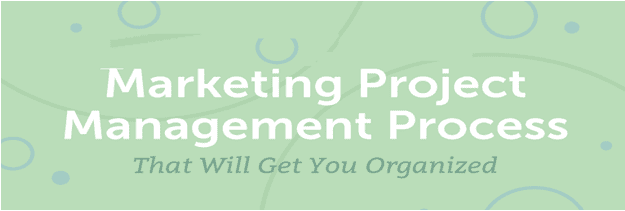The global digital landscape is constantly evolving with new platforms, trends, approaches, techniques, and competitors emerging. However, project management processes have by large failed to adapt the changes taking place in the digital world. For this reason, both software and manufacturing industries have introduced new project management strategies to help them keep up with the pace of the ever-changing digital marketing trends.
Let’s dig deeper into understanding how agile project management for

A good and more effective methodology is the Agile Scrum. Let’s look at how this project management strategy can be applied in
What is Agile Scrum?
Scrum is a lightweight framework to project management used by small teams to manage processes in an agile way cutting through complexities and focusing on building products that meet the needs of a client/business. It is used in software development by different teams of experts such as content creators, development teams and blogger outreach teams on social media platforms among others, to achieve the set goals intensively. All the teams come together, irrespective of their specialty, to solve issues whenever they come up thus making the process run smoothly.
A scrum team comprises of highly trained and experienced team of specialized experts that can independently handle arising issues in the quest to achieve all
Components and roles of scrum
Scrum comprises of three distinct components that perform distinct roles in the effort to achieve specific goals of the project;
#1. Product/Project Owner
Product/project owners usually set goals and visions of the project to be achieved within a specified time frame. They focus efforts in driving the project by focusing efforts on the crucial works. They, therefore, organize tasks in order of priority so that results can be delivered effectively. They negotiate with customers to find out the specific requirements that will be incorporated in the project, usually referred to as the Backlog. The time taken to achieve the set goal in the agile scrum is known as a Sprint.
#2. Scrum Master
The scrum master is tasked with facilitating and supporting other team members in completing the project. They serve as mentors who facilitate the teams rather than bosses giving directions. As part of their duty, they will help other members to understand how scrum works and how to apply agile reasoning to the project. They also help the team members in case they are faced with any obstacle.
#3. Team Member
This comprises of a team of specialized experts in various fields. As a team specialized in one field, the members work together helping each other to accomplish a specific project. This is important in problem-solving, especially in case one member is faced with difficulties in progressing during a sprint. Team members, therefore, have to work collectively to ensure that they effectively and efficiently achieve the goals and objectives set out by the project owner.
How scrum methodology works

Usually, a series of tools are used to help achieve results faster and visibly.
- Product
This is the primary element around which the entire scrum works. The scrum team will, therefore, work around each sprint to ensure the project owner’s features are incorporated in designing the product or system.
- Product backlog
This ideally comprises a list of all features and functionalities to be incorporated in the system or product. The jobs are laid down in the form of a project objective to get a clear connection with the client’s goals. In this case, therefore, tasks are organized in their order of priority and set out in a manner that team members can easily handle and deliver results. When so doing, team members need to keep in mind core information such as business objective, what should be done, work per time unit and acceptance criteria. Remember, each sprint needs to take at most one month to complete.
- Sprint Backlog
The entire project needs to be split down into shorter sprints of at least one day, week or month. The specific jobs set on the product backlog are moved into the sprint backlog as directed by the project owner and the team members then tasked to devise the best way to handle the various tasks assigned to them. This is important for the members to the number of items they can commit to.
- Scrum meeting
The three components, project owner, scrum master and team members need to come together to have a brief on progress and discussing emerging issues alongside what they intend to achieve the following day.
- Sprint burn charts
These are visual tools that track the progress of the project about time. The charts will show the progress of the completed job and information about the remaining task as scheduled in specific sprints. The charts will, therefore, show clearly if there are lag behinds of teams in completing the tasks or not.
- Sprint review
At the end of each sprint, team members, scrum master and project owner need to conduct a sprint review to determine the overall functionality attained during that sprint. On assessment, the project owner gives feedback highlighting what needs to be incorporated next or revised in the product backlog.
- Sprint retrospective
This is a meeting held at the end of each sprint cycle to discuss crucial opportunities that will help improve the project in the remaining time. All the three stakeholders will look into inspecting and adapting own processes for

Conclusion
The Agile scrum methodology for
SEO and digital marketing are indeed tough. Inspecting and adapting is key when striving to achieve the needed results and growth.


